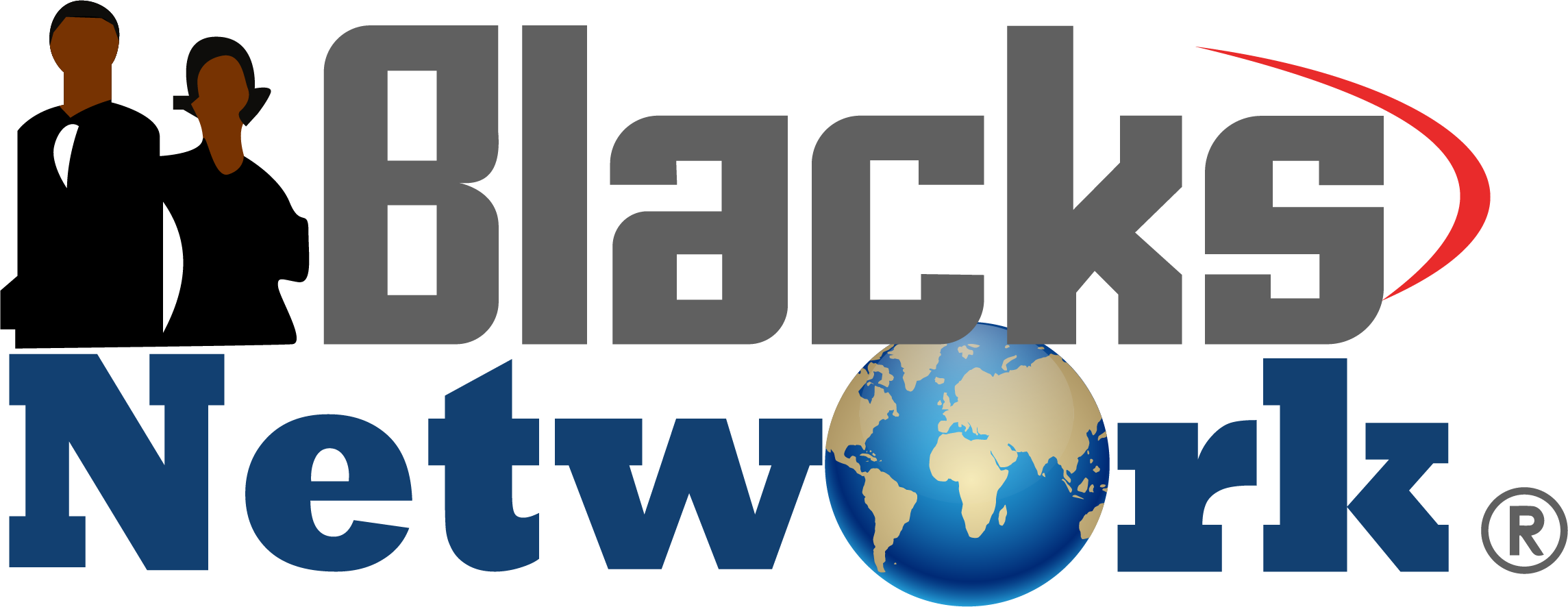How Do Clinical Decision Support Systems Improve Patient Outcomes?
For more insights:- https://www.psmarketresearch.c....om/market-analysis/c
Wherever there is life, there will be disease! Therefore, since the beginning of the human civilization, the focus on health and wellbeing has been strong, regardless of how little understanding of the concept early humans had. In the modern world, healthcare services are dispensed at places ranging from the single-doctor neighborhood clinic to multi-specialty hospitals with hundreds of beds. However, with more diseases being discovered and the footfall of patients steadily rising, even such advanced healthcare facilities are reeling under high pressure to treat as many as possible, as well as possible.
CDSS involves the usage of health information technology (HIT) to offer healthcare professionals support in their day-to-day clinical operations. The idea is to computerize, or, at least, digitize, patient records, diagnoses, treatment recommendations, medication schedules, and other aspects, so that doctors are free to deal with patients personally.
Therefore, CDSS has numerous applications in medical settings, including clinical guidelines, drug–drug interactions, clinical reminders, drug allergy alerts, and drug dosing support. Presently, these systems are majorly used for alerting physicians about a possible drug allergy, as an allergic reaction to a drug can be catastrophic, even leading to death. Most of the computerized physician order entry (CPOE) databases and patients’ electronic medical records (EMRs) contain details of possible drug allergies, for the doctor to consult before prescribing medication.
Similarly, patients themselves are often responsible for other types of medication errors, such as missing or doubling up on a dose, not taking the appropriate drug, and taking the wrong one. Therefore, the usage of CDSS software for medication management is also increasing, especially in people’s homes. Such systems can now be integrated with smartphones, thus offering medication reminders to patients and helping reduce medication errors. These systems send alerts regarding when to take the drug, how much of it to take, and which one to take.
Therefore, considering how big a role CDSS and other digital health technologies can play in saving lives and improving the overall patient outcomes, they have been getting immense support from governments. For instance, the European Union (EU) invested $18.1 million in 2015 to develop the eIdentification (eID), eProcurement, eHealth, and online dispute resolution (ODR) infrastructure in the region. Similarly, under the Health Information Technology for Economic and Clinical Health (HITECH) Act, the U.S. government encourages doctors to use HIT platforms, such as EMRs, by offering them incentives.
As the usage of such systems requires a robust HIT infrastructure, North America is and will be the largest clinical decision support system market in the coming years. Moreover, the increasing healthcare spending and the reimbursement available under the Medicaid and Medicare programs make such expensive technologies affordable. In addition, the increasing geriatric population, which is expected to reach 84.8 million in the U.S. by 2050, as per the United Nations (UN), is leading to the rising patient footfall at hospitals and a greater need for remote patient monitoring and medication management solutions.
Hence, as the healthcare niche advances and reels under increasing pressure, the requirement for CDSS and other digital technologies that can take some burden off doctors’ shoulders will keep growing.
Gefällt mir
Kommentar
Teilen









 1 (877) 773-1002
1 (877) 773-1002